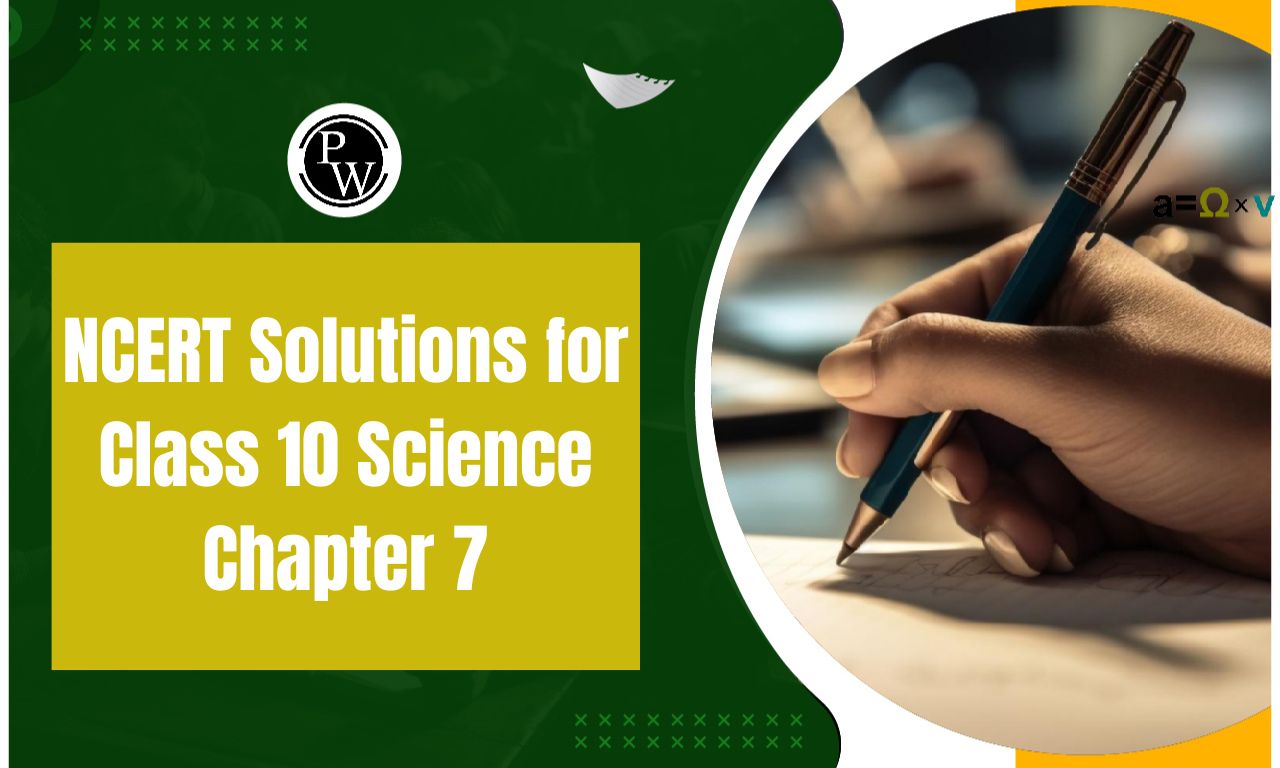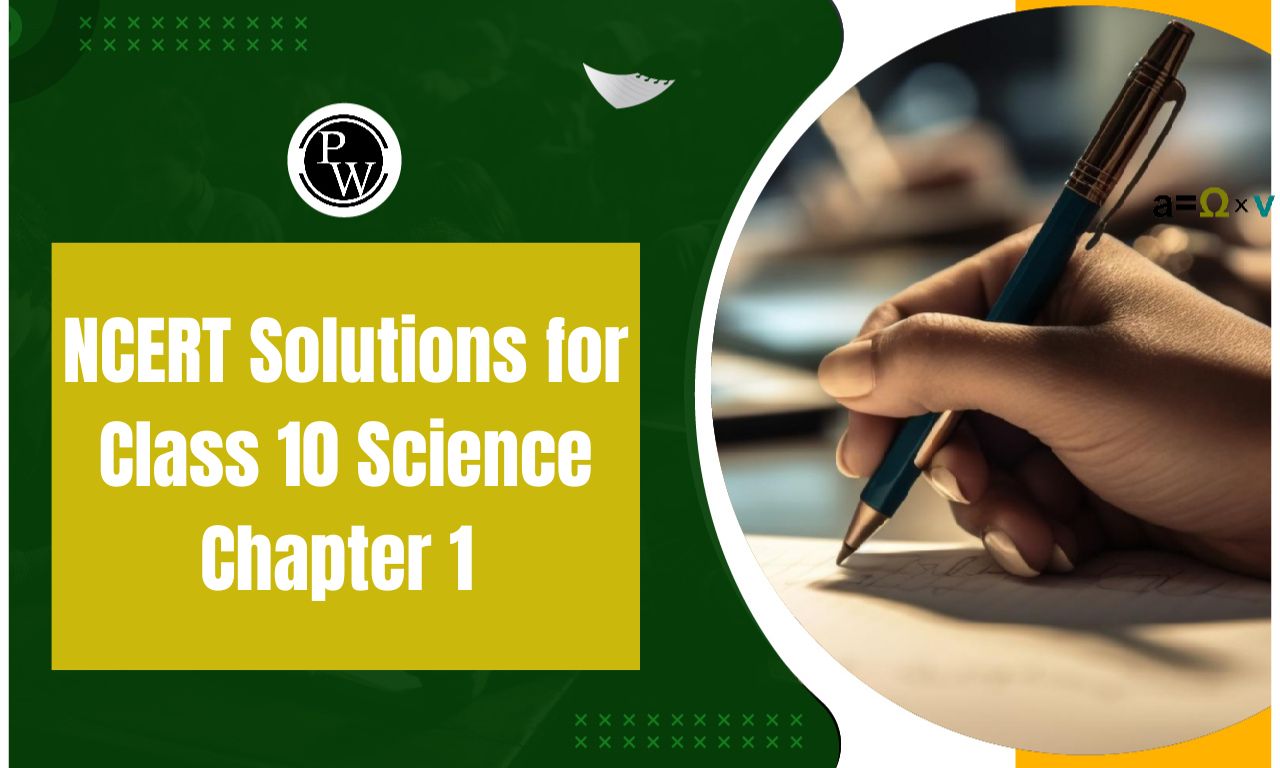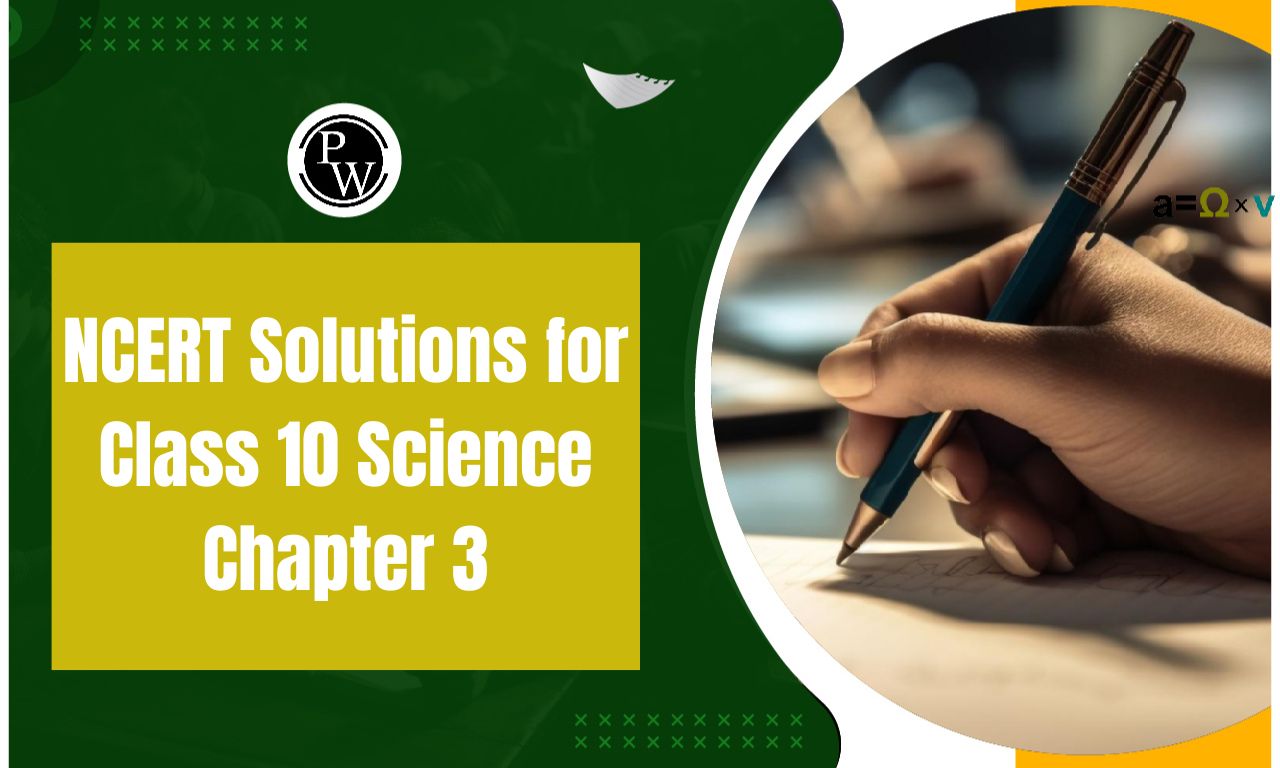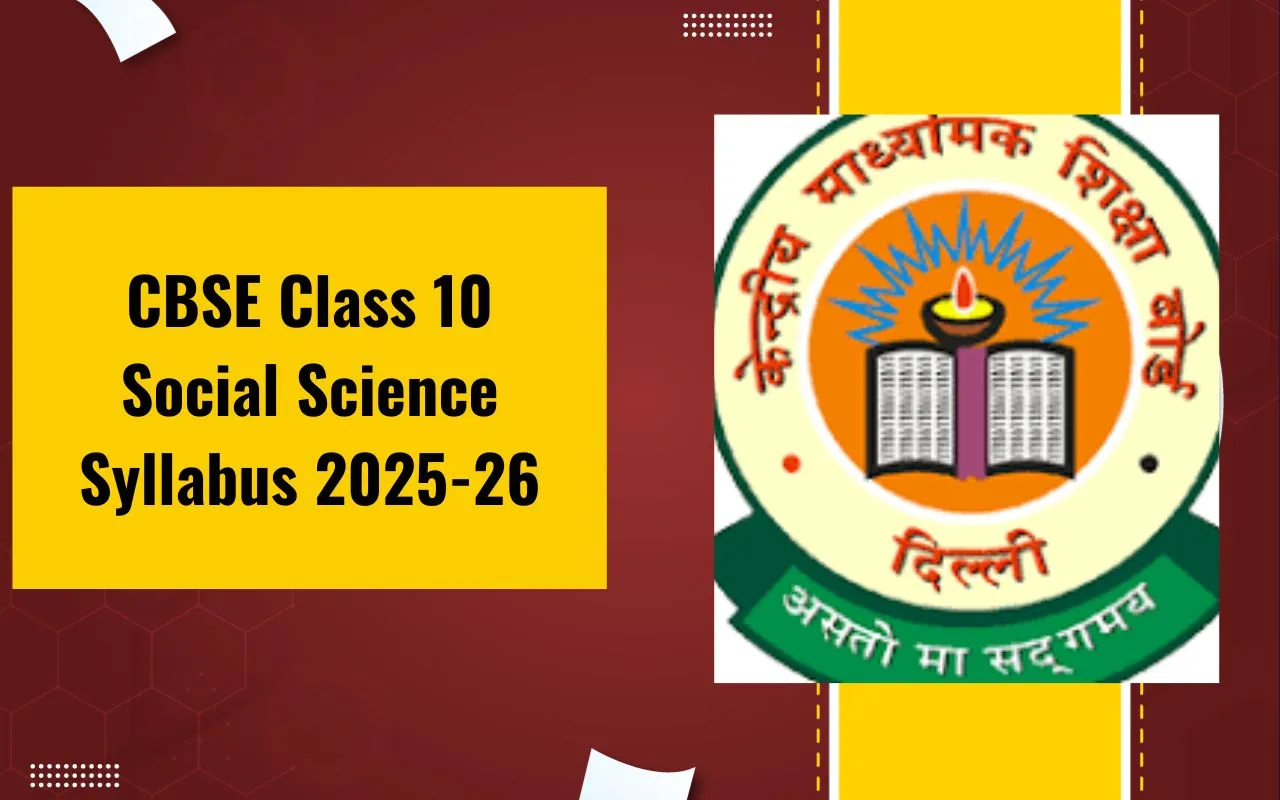
NCERT Solutions of Class 10 English First Flight Chapter 7: The NCERT Solutions for Class 10 English First Flight Chapter 7 are like a guide for students. This chapter, "Glimpses of India," continues to explore India's different cultures and traditions.
By using these solutions, students can become better at understanding stories, answering questions, and learning new things.NCERT Solutions for Class 10 English First Flight Chapter 7 PDF
You can find the NCERT Solutions for Class 10 English First Flight Chapter 7 in the provided PDF link. These solutions provide detailed explanations and answers to help you understand the chapter better. Whether it's analyzing prose or decoding poetry, these solutions have got you covered. With practice questions and writing tasks included, you'll be able to strengthen your comprehension and language skills.NCERT Solutions of Class 10 English First Flight Chapter 7 PDF
NCERT Solutions for Class 10 English First Flight Chapter 7 Glimpses of India
Glimpses of India
I. A Baker from Goa
Oral Comprehension Check (Page 86)
Question 1:
What are the elders in Goa nostalgic about?
Answer:
In Goa, the older generation cherishes fond memories of the past when Portuguese influence was strong, particularly their appreciation for the famous bread loaves. Despite the disappearance of those who used to enjoy these loaves, the tradition of making them still persists among bread makers in the region.Question 2:
Is bread-making still popular in Goa? How do you know?
Answer:
Bread-making continues to popular in Goa, as evidenced by the presence of bread makers who have upheld this tradition. Despite the absence of the once-avid consumers of bread loaves, the artisans responsible for mixing, molding, and baking the loaves, as well as the enduring furnaces used in the process, serve as a testament to the continued existence of this cherished practice.Question 3:
What is the baker called?
Answer:
A baker is popularly known as a pader in Goa.Question 4:
When would the baker come everyday? Why did the children run to meet him?
Answer:
Every day, the baker would make two rounds in the neighborhood. In the morning, he would set out with a full basket of bread, and later, he would return after selling all his loaves. Excited children eagerly awaited his arrival, running to meet him as he approached. They delighted in selecting their favorite bread and sometimes even chose sweet bread or special varieties. Among their favorites were the bread-bangles, which they carefully picked out from the baker's offerings.Oral Comprehension Check (Page 87)
Question 1:
Match the following. What is a must
(i) as marriage gifts? – cakes and bolinhas
(ii) for a party or a feast? – sweet bread called bol
(iii) for a daughter’s engagement? – bread
(iv) for Christmas? – sandwiches
Answer:
(i) as marriage gifts? – sweet bread called bol (ii) for a party or a feast? – bread (iii) for a daughter’s engagement? – sandwiches (iv) for Christmas? – cakes and bolinhasQuestion 2:
What did the bakers wear: (i) in the Portuguese days? (ii) when the author was young?
Answer:
(i) In the Portuguese days, the bakers were usually dressed up in a peculiar dress known as the kabai. It was a single-piece long frock reaching down to the knees. (ii) During the author’s childhood days, he saw the bakers wearing a shirt and trousers that were shorter than full-length ones and longer than half pants.Question 3:
Who invites the comment — “he is dressed like a pader”? Why?
Answer:
In Goa, it's common for people to affectionately refer to anyone wearing shorts that reach just below the knees as "dressed like a pader." This nickname stems from the attire of the bakers, who are fondly called "paders" in the region. These bakers traditionally sported shorts of a similar length, hence the association with their attire.Question 4:
Where were the monthly accounts of the baker recorded?
Answer:
The bakers in Goa had a unique way of managing their finances. Instead of collecting payments daily, they would gather their bills at the end of each month. These bills were then recorded on a wall inside the house using a pencil. This simple yet effective method allowed the bakers to keep track of their monthly accounts and ensure that all transactions were properly documented.Thinking about the Text (Page 88)
Question 1:
Which of these statements are correct?
(i) The pader was an important person in the village in old times.
(ii) Paders still exist in Goan villages.
(iii) The paders went away with the Portuguese.
(iv) The paders continue to wear a single-piece long frock.
(v) Bread and cakes were an integral part of Goan life in the old days.
(vi) Traditional bread-baking is still a very profitable business.
(vii) Paders and their families starve in the present times.
Answer:
- Correct
- Correct
- Incorrect. The paders still exist in Goan villages.
- Incorrect. The bakers wear a shirt and trousers that are shorter than full-length ones and longer than half pants.
- Correct
- Correct
- Incorrect. Baking happens to be a profitable business in Goa.
Question 2:
Is bread an important part of Goan life? How do you know this?
Answer:
Bread holds significant cultural importance in Goan life, serving as more than just a staple food. It plays a central role in various customs and celebrations, such as being offered as marriage gifts and served during feasts. Mothers even use bread to prepare sandwiches for their daughters' engagements. The aroma of freshly baked loaves is cherished by everyone in Goa, with elders enjoying traditional loaves and youngsters eagerly seeking out bread-bangles. As a result, having bread on hand for all occasions is considered essential in every household. Given this cultural affinity for tasty bread since the days of Portuguese influence, baking remains a lucrative and respected business in Goa.Question 3:
Tick the right answer. What is the tone of the author when he says the following?
(i) The thud and the jingle of the traditional baker’s bamboo can still be heard in some places. (nostalgic, hopeful, sad)
(ii) Maybe the father is not alive but the son still carries on the family profession. (nostalgic, hopeful, sad)
(iii) I still recall the typical fragrance of those loaves. (nostalgic, hopeful, naughty)
(iv) The tiger never brushed his teeth. Hot tea could wash and clean up everything so nicely, after all. (naughty, angry, funny)
(v) Cakes and bolinhas are a must for Christmas as well as other festivals. (sad, hopeful, matter-of-fact)
(vi) The baker and his family never starved. They always looked happy and prosperous. (matter-of-fact, hopeful, sad)
Answer:
(i) nostalgic (ii) hopeful (iii) nostalgic (iv) funny (v) matter-of-fact (vi) matter-of-factWriting (Page 88-89)
Question I:
In this extract, the author talks about traditional bread-baking during his childhood days. Complete the following table with the help of the clues on the left. Then write a paragraph about the author’s childhood days.
| Clues | Author’s childhood days |
| the way bread was baked | |
| the way the pader sold bread | |
| what the pader wore | |
| when the pader was paid | |
| how the pader looked |
Answer:
| Clues | Author’s childhood days |
| the way bread was baked | The bakers used to bake loaves in the mixers and moulders on age-old, time-tested furnaces that were never extinguished. |
| the way the pader sold bread | The baker made his musical entry on the scene with the ‘jhang, jhang’ sound of his specially-made bamboo staff. One hand supported the basket on his head and the other banged the bamboo on the ground. |
| what the pader wore | The baker or bread-seller of those days had a peculiar dress known as the kabai . It was a single-piece long frock reaching down to the knees. In his childhood, he saw bakers wearing a shirt and trousers which were shorter than full-length ones and longer than half pants. |
| when the pader was paid | The baker usually collected his bills at the end of the month. Monthly accounts used to be recorded on some wall in pencil. |
| how the pader looked | The baker used to have a plump physique with a jackfruit-like physical appearance. |
Question II:
- Compare the piece from the text (on the left below) with the other piece on Goan bakers (on the right). What makes the two texts so different? Are the facts the same? Do both writers give you a picture of the baker?
| Our elders are often heard reminiscing nostalgically about those good old Portuguese days, the Portuguese and their famous loaves of bread. Those eaters of loaves might have vanished but the makers are still there. We still have amongst us the mixers, the moulders and those who bake the loaves. Those age-old, time-tested furnaces still exist. The fire in the furnaces had not yet been extinguished. The thud and the jingle of the traditional baker’s bamboo, heralding his arrival in the morning, can still be heard in some places. Maybe the father is not alive but the son still carries on the family profession. | After Goa’s liberation, people used to say nostalgically that the Portuguese bread vanished with the paders. But the paders have managed to survive because they have perfected the art of door-to-door delivery service. The paders pick up the knowledge of bread-making from traditions in the family. The leavened, oven-baked bread is a gift of the Portuguese to India. [Adapted from Nandakumar Kamat’s ‘The Unsung Lives of Goan Paders’] |
Answer:
Both the texts are more or less similar with the context that knowledge of bread-making flows down in the family like a tradition. Both the writers give a brief overview of a baker’s work. They have also mentioned how successive generations of bakers work hard and follow the footsteps of their parents to keep the family profession alive. 1. Now find a travel brochure about a place you have visited. Look at the description in the brochure. Then write your own account, adding details from your own experience, to give the reader a picture of the place, rather than an impersonal, factual description.Answer:
Activity to be done by yourself. ( Note: Students can write about their personal experiences for this question.)Group Discussion (Page 89)
Question 1:
In groups, collect information on how bakeries bake bread now and how the process has changed over time.
Answer:
Activity to be done by yourself.Question 2:
There are a number of craft-based professions which are dying out. Pick one of the crafts below. Make a group presentation to the class about the skills required, and the possible reasons for the decline of the craft. Can you think of ways to revive these crafts?
(i) Pottery (v) Carpentry (ii) Batik work (vi) Bamboo weaving (iii) Dhurri (rug) weaving (vii) Making jute products (iv) Embroidery (viii) HandloomAnswer:
Activity to be done by yourself. ( Note: Students can write this answer as per their personal preferences.)Benefits of NCERT Solutions for Class 10 English First Flight Chapter 7
- Conceptual Clarity: The solutions provide clear explanations and insights into the chapter's themes, helping students grasp the concepts effectively.
- Comprehensive Coverage: The solutions cover all the questions and exercises present in the chapter, ensuring that students are well-prepared for examinations.
- Improved Understanding: By referring to the solutions, students can gain a better understanding of the chapter's content, language usage, and literary devices employed by the author.
- Exam Preparation: With the help of these solutions, students can prepare thoroughly for their exams, reinforcing their learning and boosting their confidence.
NCERT Solutions of Class 10 English First Flight Chapter 7 FAQs
What is the significance of bread in Goan culture as described in Class 10 English First Flight Chapter 7?
Who are the paders mentioned in Class 10 English First Flight Chapter 7?
What role do the bakers play in Goan society as depicted in Class 10 English First Flight Chapter 7?
How does the author describe the physical appearance of the bakers in Class 10 English First Flight Chapter 7?
What cultural influences are mentioned in Class 10 English First Flight Chapter 7 regarding the people of Coorg?










